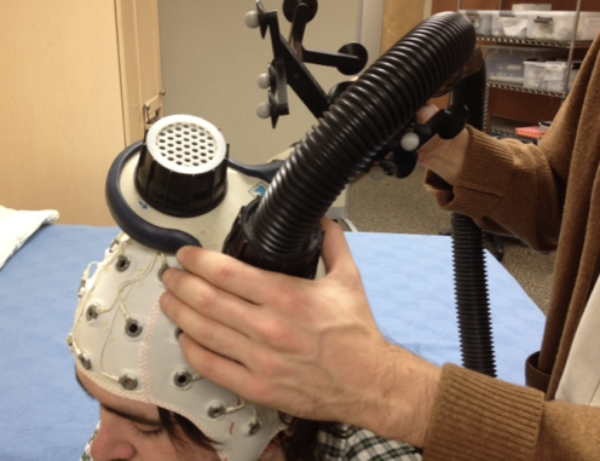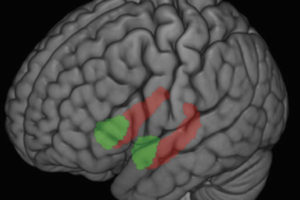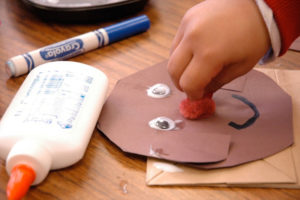Life is full of emotional highs and lows, and sometimes we let emotions from one situation carry on to the next. Perhaps we’ve just enjoyed an activity with a loved one or experienced a negative interaction with a co-worker. But when we let emotions from one event carry on to the next, such emotional spillover from these experiences can color our impressions and behavior in the situations that follow – sometimes for the worse.
Researchers at the Center for Healthy Minds are discovering what happens in the brain when such emotional spillover occurs and, for the first time, are able to pinpoint areas directly responsible.
The findings, featured in the journal Psychological Science and supported by a grant from the National Institute of Mental Health, are part of larger efforts to understand the complexity of the brain and what types of mental training or activities can best improve emotional reactions known to promote higher levels of well-being.
Using Transcranial Magnetic Stimulation (TMS), a technique that produces a magnetic field that can temporarily “knock out” or inhibit activity in specific parts of the brain, the team discovered that when the lateral prefrontal area – a region known for executive function (attention, focus, impulsivity and more) – was inhibited by the stimulation, participants showed more emotional spillover.







